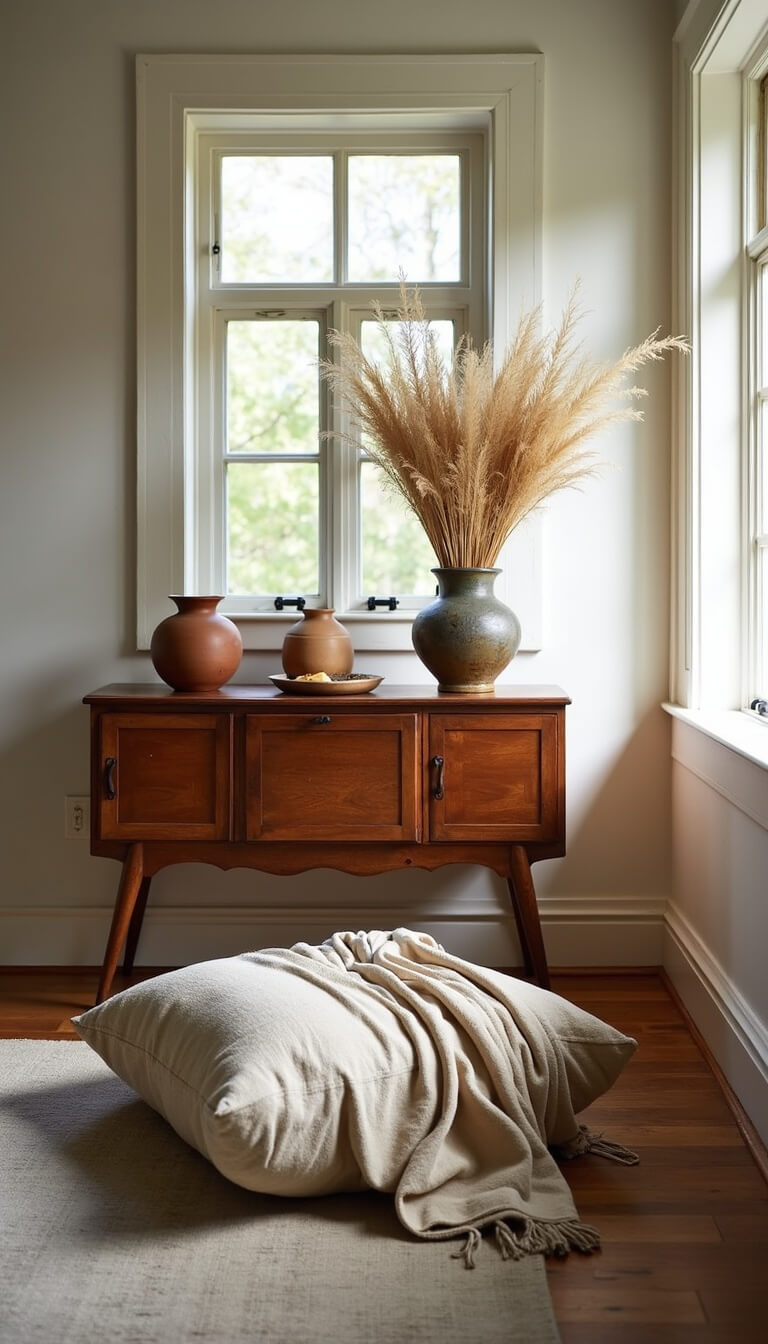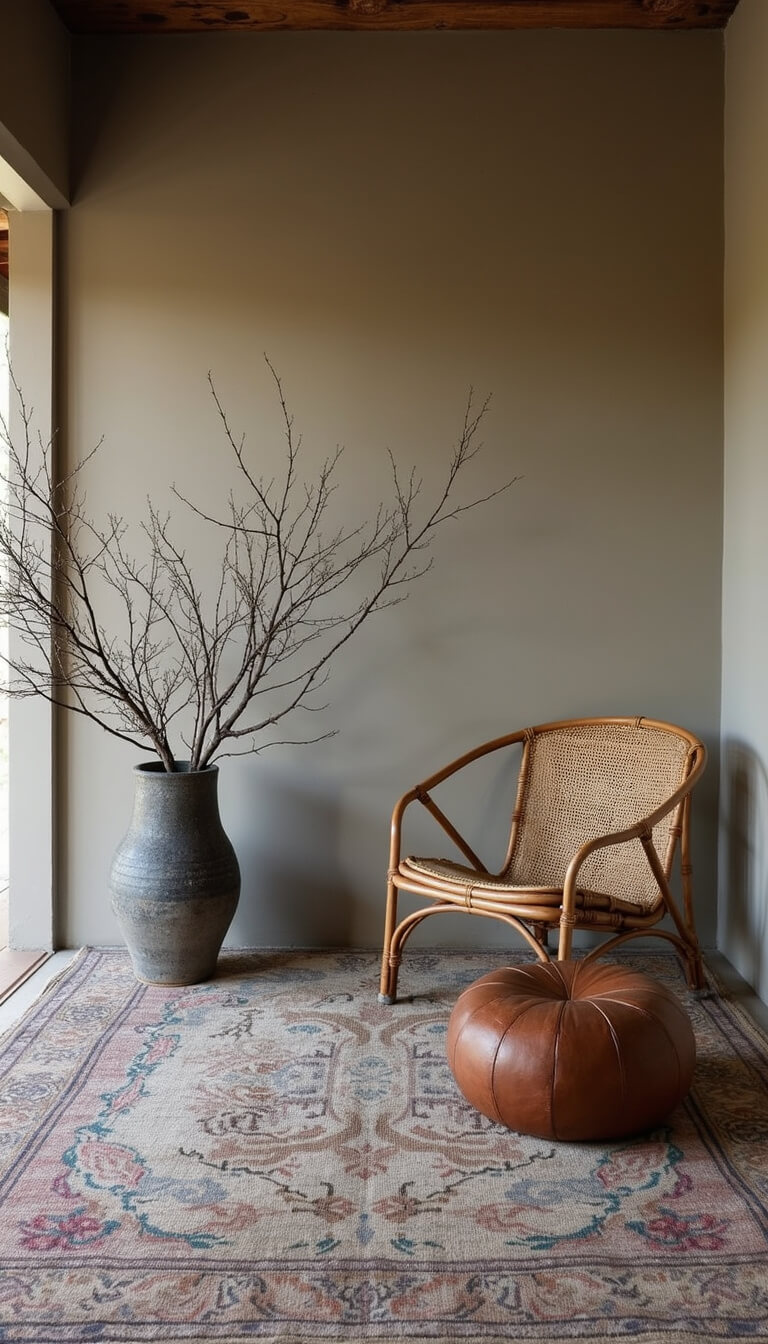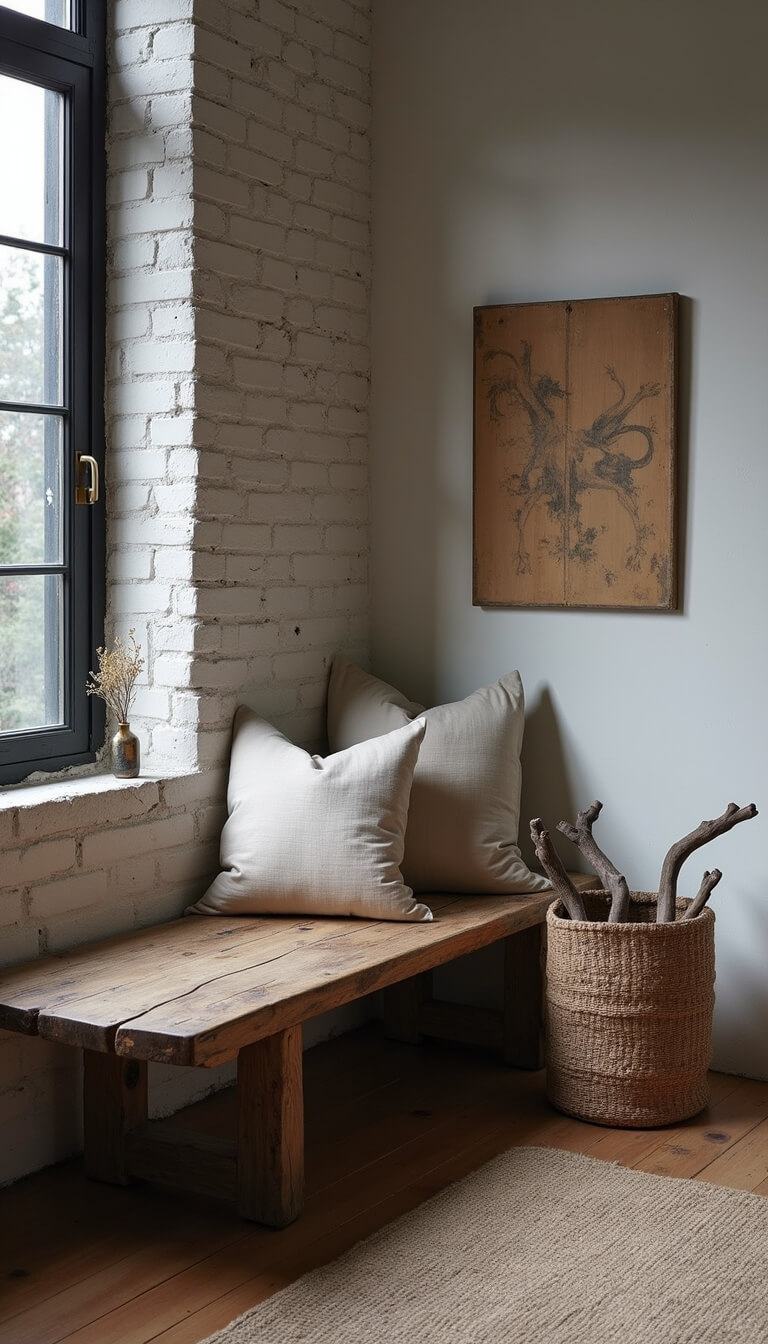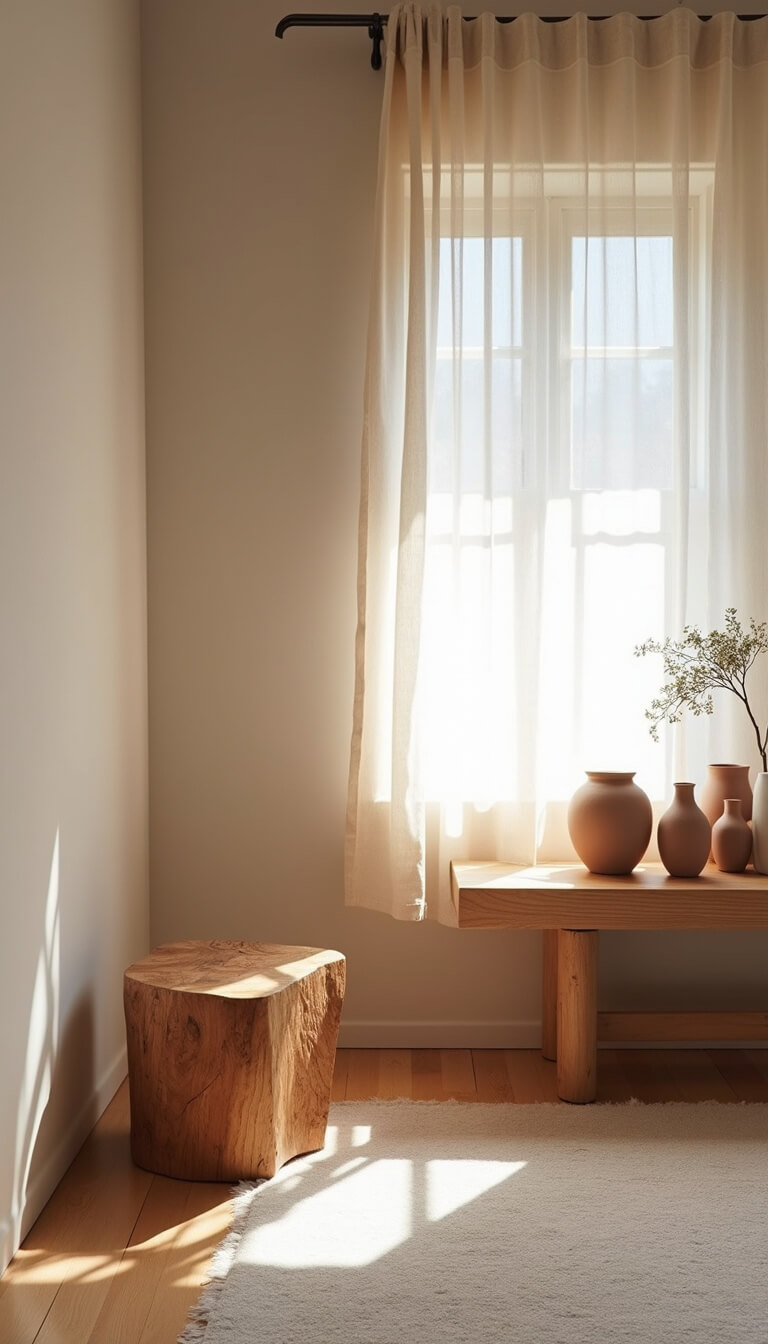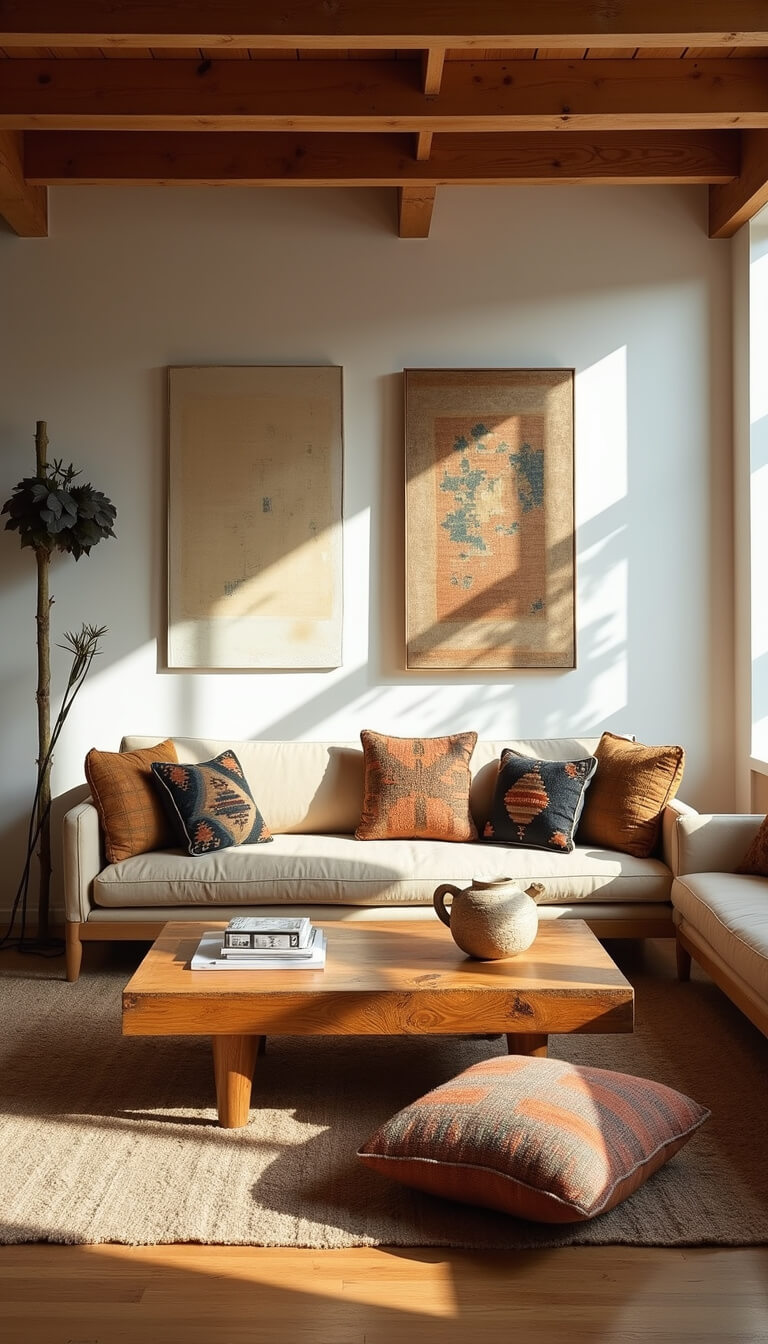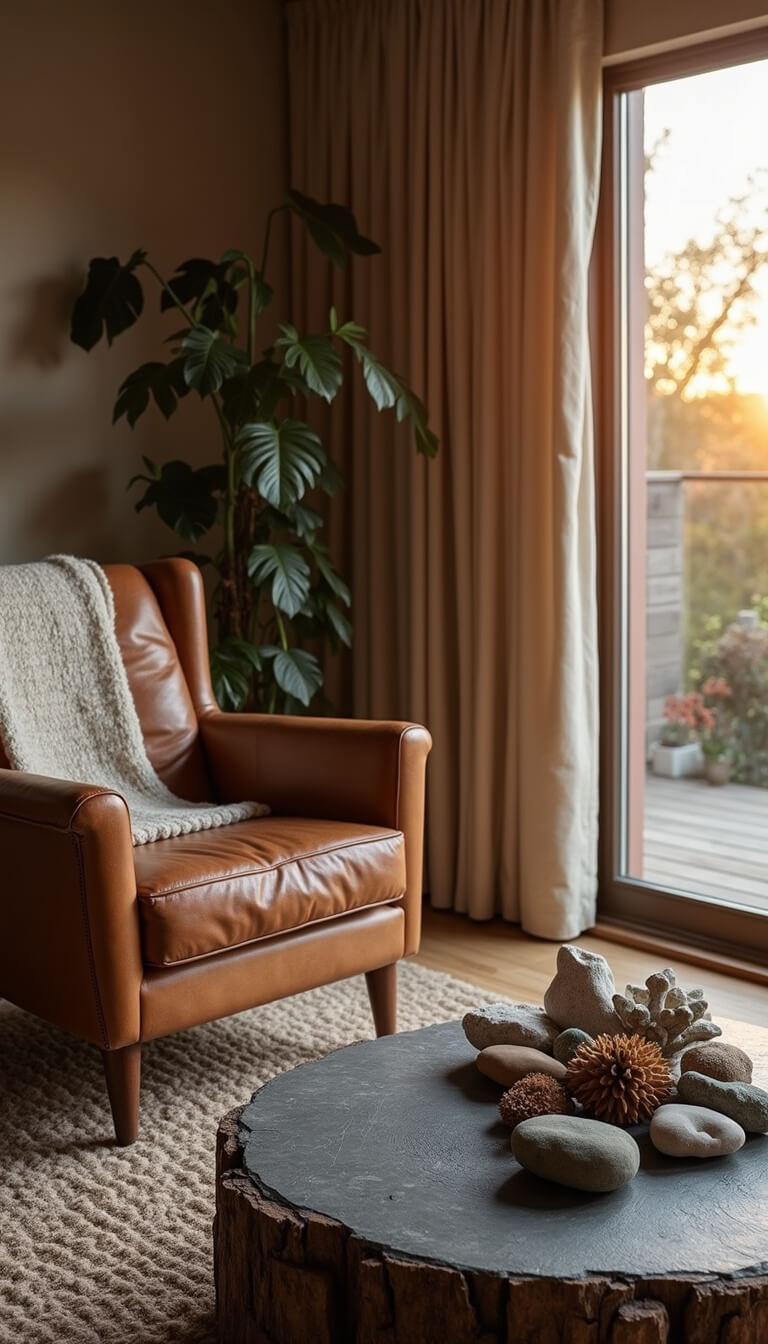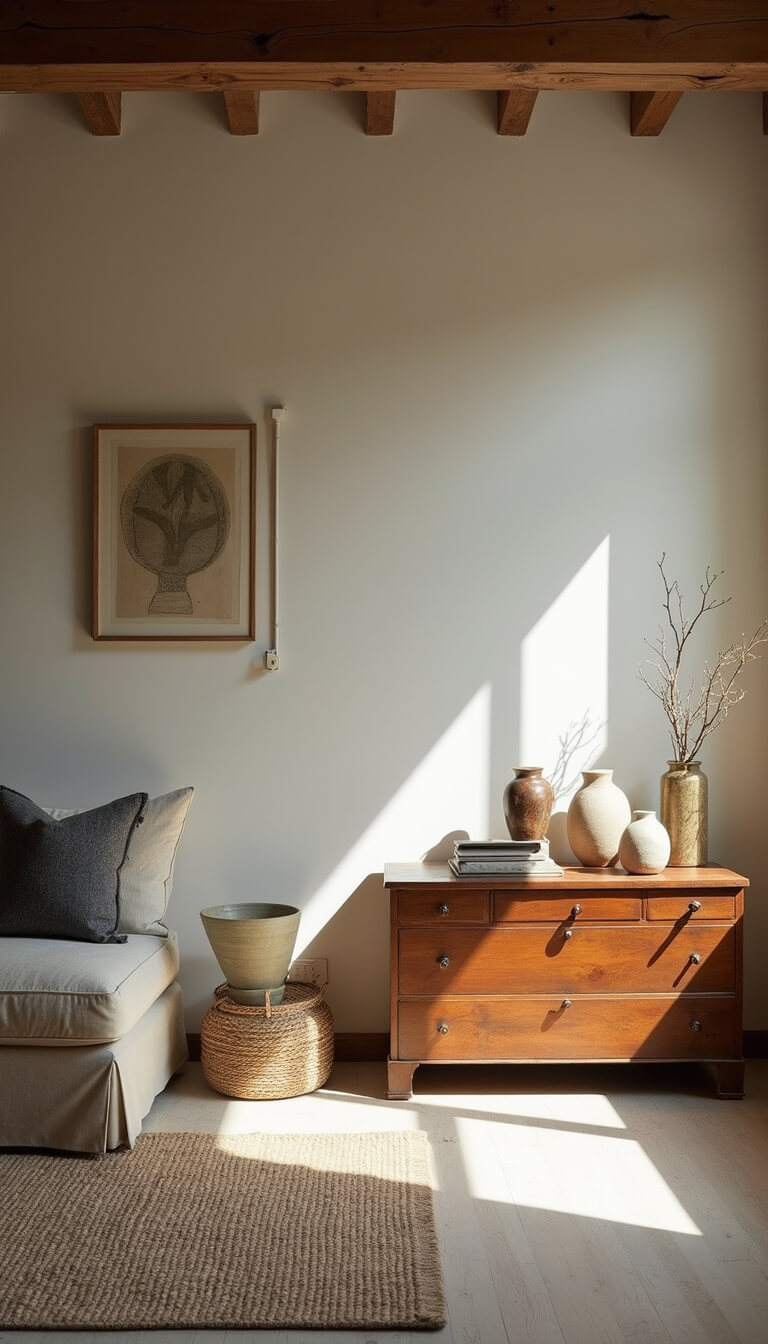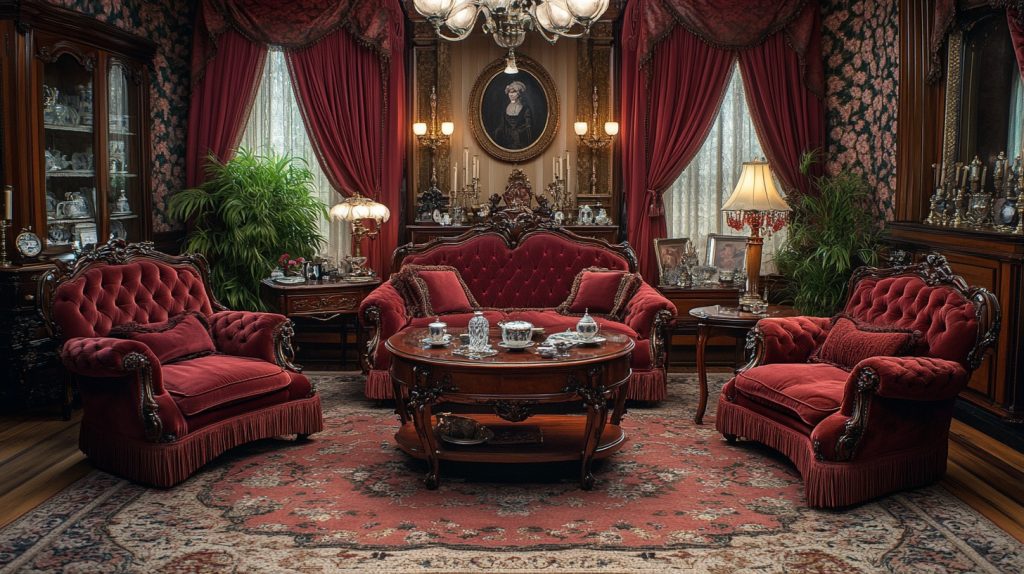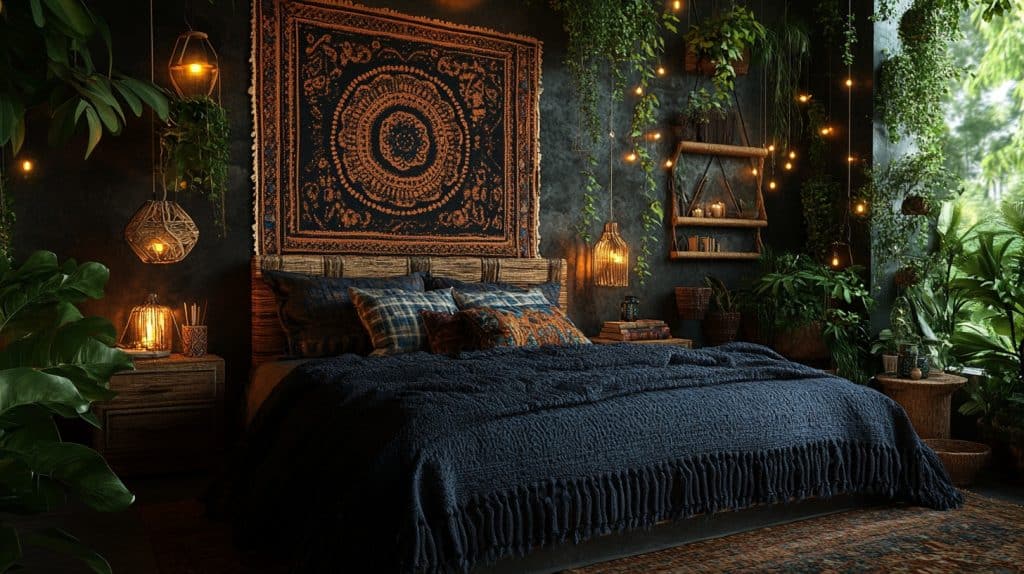Wabi-Sabi Living Room: Creating Authentic Tranquility in Your Home Space
Creating a wabi-sabi living room isn’t just about decorating—it’s about embracing life’s beautiful imperfections and finding peace in simplicity.

Understanding Wabi-Sabi: More Than Just a Design Trend
Wabi-sabi isn’t some fancy design concept—it’s a way of seeing beauty in the worn, the aged, and the naturally imperfect. Think of it like your favorite pair of broken-in jeans or that ceramic mug with a tiny chip that just feels right in your hands.
What Makes a Wabi-Sabi Space Special?
Key characteristics include:
- Celebrating natural materials
- Embracing imperfections
- Using muted, earthy color palettes
- Focusing on minimalism with warmth
Getting Started: Your Wabi-Sabi Transformation Guide
The Basics: What You’ll Need
Budget Breakdown:
- Budget-Friendly Route: $300-$800
- Luxe Design: $1500+
- Time Investment: 1-2 days for a complete refresh
Essential Pieces for Your Wabi-Sabi Living Room
Must-Have Items:
- Low wooden coffee table with visible wood grain
- Neutral linen sofa (think soft, lived-in comfort)
- Vintage or handmade shelving unit
- Unglazed ceramic vases
- Minimal wall art
Styling Tips That Make a Difference
Texture is Your Best Friend
Pro Layering Techniques:
- Mix rough textures (rustic wood) with soft fabrics (linen throws)
- Create visual depth with similar neutral tones
- Leave some empty space—it’s not a mistake, it’s intentional!
Color Palette Secrets
Stick to:
- Soft taupe
- Stone gray
- Clay tones
- Sage green
- Beige
Pro Tip: Less is always more in wabi-sabi design.
Bringing It All Together
Styling Checklist
- Clear out unnecessary clutter
- Highlight natural architectural features
- Arrange furniture with breathing room
- Add purposeful, handmade accessories
Maintenance and Refresh
- Swap seasonal branches
- Source unique pieces from local artisans
- Don’t be afraid of a little wear and tear
Practical Considerations
Works Best For:
- Small to medium living rooms
- People who love mindful, authentic spaces
- Those seeking calm in their home environment
Common Mistakes to Avoid
- Overcrowding the space
- Using too many perfect, mass-produced items
- Ignoring the beauty of natural aging
Final Thoughts
A wabi-sabi living room is more than a design—it’s a philosophy. It’s about finding beauty in simplicity, embracing imperfection, and creating a space that tells your unique story.
Pro Tip: Remember, perfection is overrated. Embrace the cracks, the worn edges, and the unique character of your space.
Quick Reference Guide
- Best For: Mindfulness seekers, homebodies
- Skill Level: Beginner to Intermediate
- Time to Complete: 1-2 days
- Budget Range: $300-$1500+
Designers and homeowners alike are falling in love with wabi-sabi—not just as

